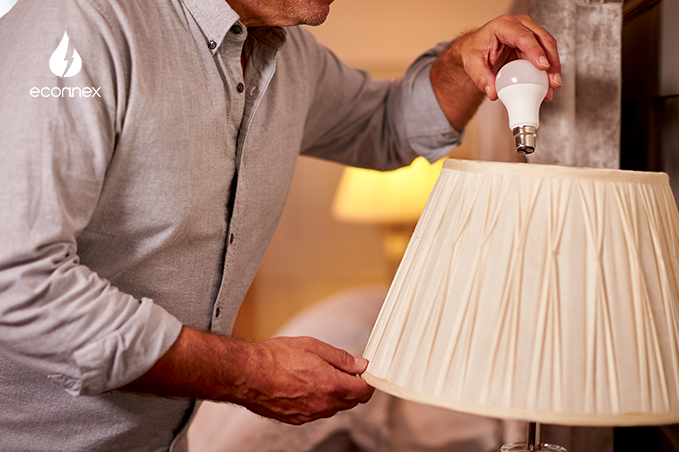Shedding light on LED bulbs! Unveil the benefits, features, and savings of making the switch to eco-friendly lighting. Illuminate your way to efficiency!

Published on 01/09/2023
By Puneet Soni
Energy Comparison
Switching LED bulbs are the newest on lighting technology. It dominates the market and surpasses halogen bulbs in energy efficiency and lifespan. It is also the most recommended to use by professionals these days. And many consumers are considering LED bulbs because of their advantages.
Read about the 10 Benefits of Switching to LED Light Bulbs in 2019
Making the switch to LED lighting is all the rage now. But, before anything else, here are the things consumers must know when switching to LED bulbs.
Learn About Lumens
Older bulbs such as incandescent bulbs measure power use in watts. This is way different from LED bulbs. When buying LED bulbs, check for lumens or the correct measure of brightness. Choose the brightness of bulbs depending on the room and the mood. For example, brighter lights for the hallway, bathrooms and the study dim lights for bedrooms.
LED bulb comes with different colors compared to the standard ones. LED lighting has a broad range of applications from lighting homes to commercial use. Another point to keep in mind is choosing the right shade of LED lighting to complement the room. This affects the overall ambiance and comfort of the entire home.
Color temperature range measures in a unit of Kelvin. Lower numbers tend to be more yellow whilst higher ones are bluer-toned. Use the table below for basis:
The ability of a light source to correctly render colors is the Color Rendering Index (CRI). It is measured as a number between 0 to 100.
Correct Lumen, the raw measure of output of light and Kelvin, color temperature do not give the perfect LED bulb when the CRI is incorrect. A room may look like a badly adjusted TV if the CRI is inappropriate. The standard CRI rating is between 80 to 90. Make sure it’s not lower than the standard values to make sure the colors are much more accurate.
One of the best features of LED bulbs is long lifespan. It’s considered best to invest in trusted brands with the highest quality. Cheaper bulbs are fitted with plastic as heat sinks ( which absorbs excess heat) while the best ones use aluminum which is more effective.
Dimmers
There are a few LED bulbs that offer this feature. So, make sure to read labels carefully before purchasing LED to avoid a hassle in the future.
OMNI Directional Light
Most bulbs produce light in one direction only. It is fine for most fixtures, but not with table lamps. Omnidirectional LED Bulbs which give out light in a 300-degree angle can be used in Table Lamps.
Enclosed Fixtures
LED bulbs get hot too, but not as hot as incandescent bulbs. It also suffers heat dissipation in enclosed fixtures. Enclosed fixtures require specially-made LED bulbs.
Outdoor use
LED perform well in the cold. However, it cannot get wet, and if it does, it becomes more sensitive to heat. Look for LED which is designed for outdoor use.
Knowing these facts surely gives maximum LED experience. It also helps save some bucks because of its energy-efficient feature. If you have made the switch to LED and still feel you are paying a lot, then maybe it is time to shop and switch to a new energy plan.



